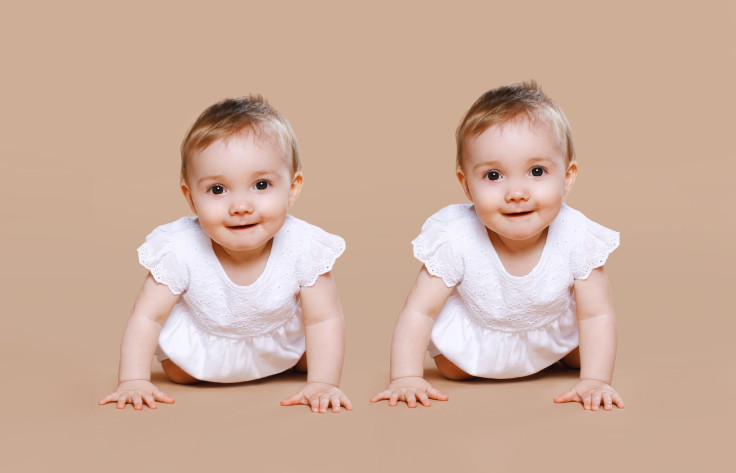IVF Has Led To Unprecedented Number Of Multiple Infant Births, Something Researchers Explain Is Both Expensive And Dangerous

According to the Centers for Disease Control and Prevention, twin birth rates in the United States have increased by 76 percent from 1980. While, to most, the idea of twins or other forms of multiple births is exciting, it also endangers the lives of the mothers and their children. A new study calls attention to this “public health concern” of multiple births, perhaps underscoring a need for a global effort to reduce the likelihood.
In their study, which is published in JAMA Pediatrics, researchers gathered information from 233,850 hospital births to conclude exactly how dangerous multiple births were. They found that twins were 3.4 times more likely and higher-order multiple births (HOM) were 9.6 times more likely to be stillborn, according to the press release. The collected data also showed that death during the neonatal period was 6.4 times more likely in twins and 36.7 times more likely in HOM. Also twins were 18.7 times more likely to be preterm and HOM were an impressive 525.1 times more likely to be fall under this category. Along with the clear health risks, the researchers also identified the increased hospital costs associated with multiple births, concluding that twins cost four times as much as single births in hospital bills for the first five years of their life and HOM cost on average 12 times as much.
One of the major reasons for the increase in multiple births is the simultaneous increase in older mothers. The term “advanced maternal age” is used by doctors to describe mothers over the age of 35. According to Time, this demographic is becoming increasingly popular largely due to two factors: More women are a part of the work force than ever before and because of this are holding onto motherhood until later in life, and the better-than-ever-before reproductive technologies and fertility drugs means that the concept of a “biological clock” is less important.
The connection between older mothers and multiple births is due to a number of both biological and man-made factors. Women in their 30s are more likely to conceive multiple births because of their greater fluctuations in hormone-levels, which stimulate egg production for ovulation. This is natural and cannot be changed. Women over 35 are also more likely to turn to alternative fertilization technologies. This is something that can increase the chances of multiple births, but according to this newest study, doesn’t have to.
During in vitro fertilization, it's common practice to have up to four fertilized embryos placed in the mother. The process is expensive and transferring four embryos increases the probability of pregnancy while decreasing the likelihood of having to repeat the process. Still, transferring so many fertilized embryos also ups the chance of a multiple pregnancy, and the researchers believe it's unnecessary.
It’s clear that many couples' access to IVF is largely dependent on their insurance coverage. The researchers suggest that perhaps the best way to encourage couple to transfer fewer embryos is by making this option more affordable. “In the United States… MET [multiple embryo transfer] rates and costs of assisted reproduction remain extremely high compared with other developed countries,” explained the authors. They went on to suggest that insurance policies shouldn’t limit couples in the amount of IVF opportunities, but should instead “allow for rational decisions and healthy families must be prioritized and pursued by consumers, employers, and legislators alike.”



























